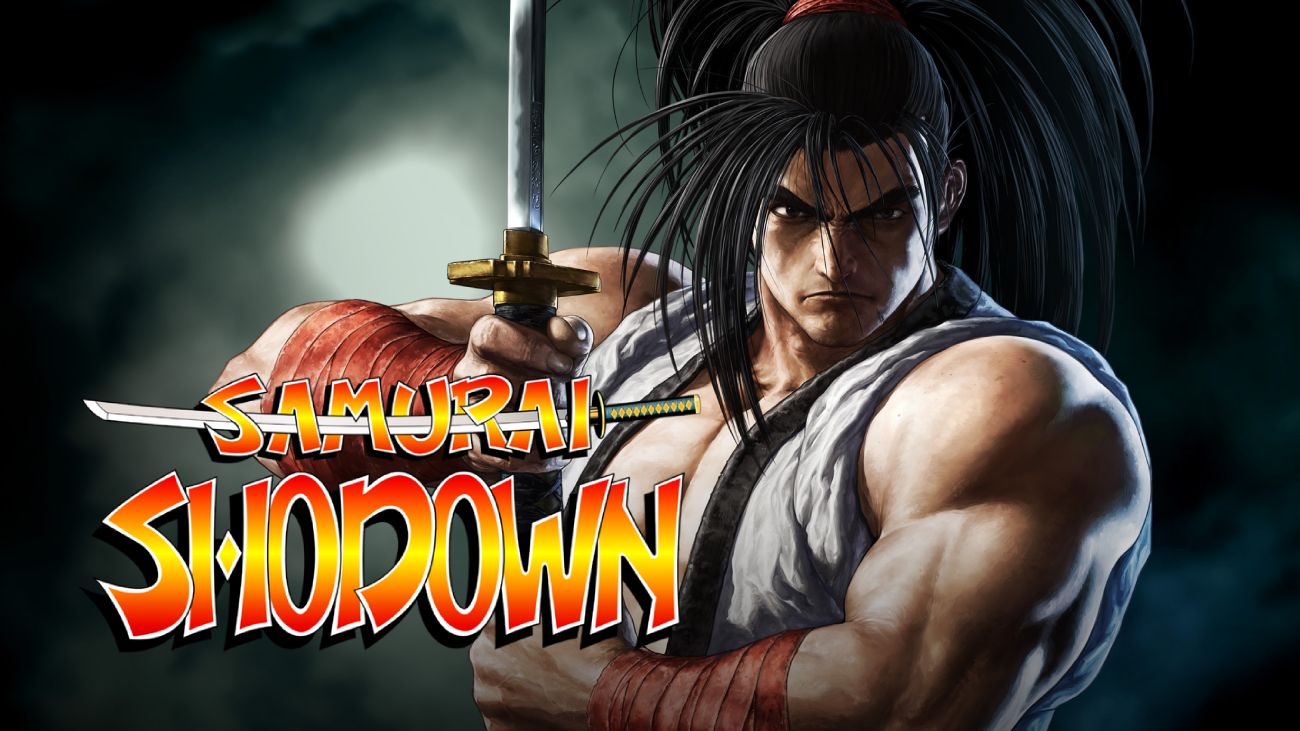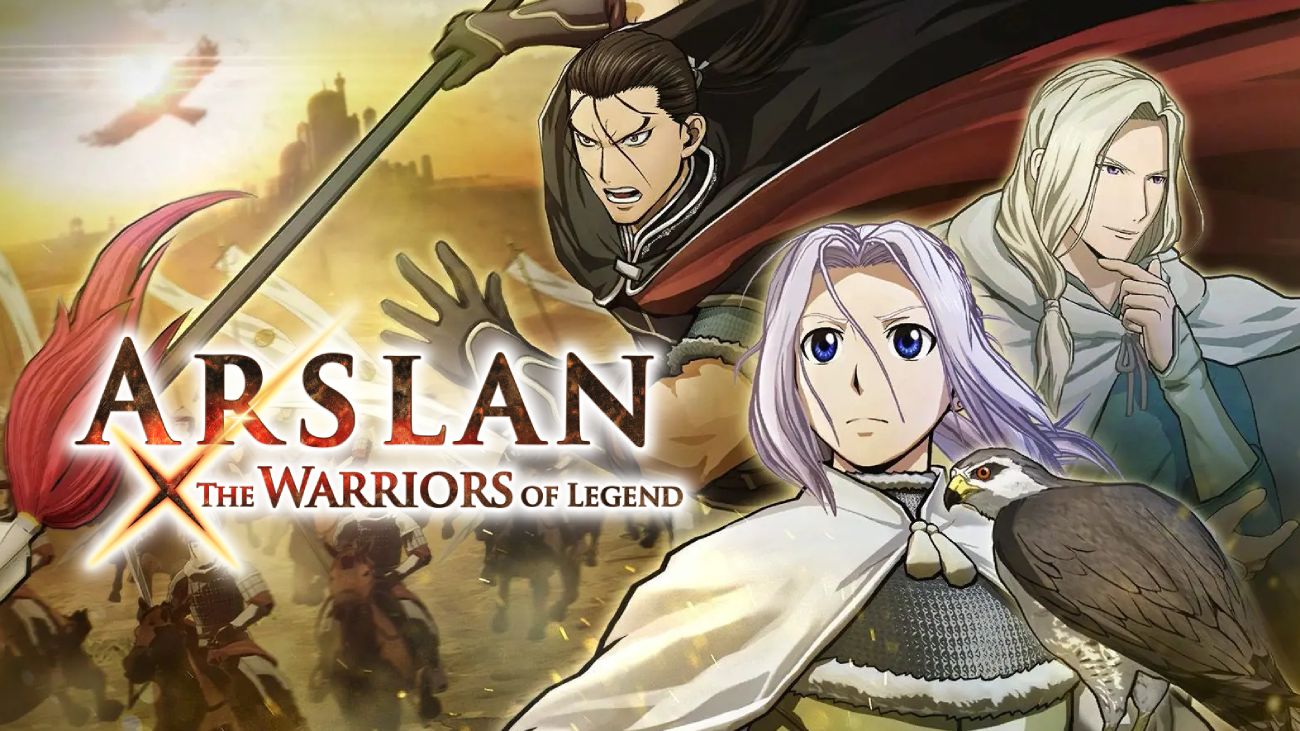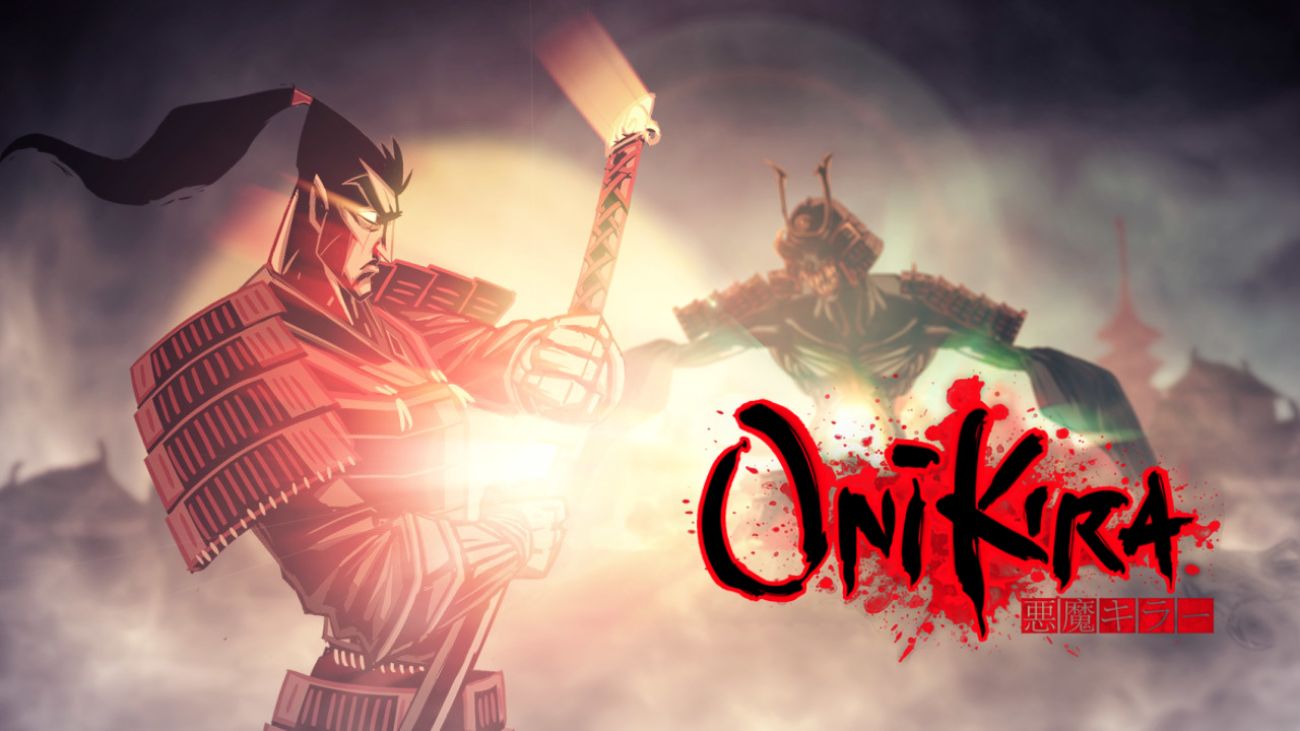The Middle Ages is one of the best-known periods in history thanks to popular imagery. We all have a faint idea that the world was covered with majestic stone castles, noble knights fighting jousts, and peasants plowing their lord’s fields. There will be those who can talk for hours on this subject or there will be those who believe that dragons existed and were one of the greatest threats to plague mankind (although not as much as ignorance), but if anything has stuck in our minds, it’s the concept of “chivalry code.”
Gentlemen are figures romanticized to the point of boredom thanks to the number of legends, folk tales, and movies based on this concept. King Arthur, Richard the Lionheart, El Cid, or even Don Quixote de la Mancha are famous, noble, and courageous knights who never stray from the path of justice to defend their ideals or the weak. In turn, if there’s another historical figure known for his honor and strict code of ethics, it is undoubtedly the samurai, the Japanese warrior.
What is Bushido?
Bushido (武士道) translates directly from the kanji as “the way of the warrior,” and is understood as a strict moral and ethical code that not only directs the samurai in the midst of battle but also serves as a guide in times of peace. Honor, duty, courage, and fortitude are elements that we apply even to the Japanese of today, being such a hardworking and serious society, because almost without hesitation we understand that the descendants of these worthy warriors follow their way of thinking and apply it today.

The term Bushido would not appear written in history until the peaceful Edo period, after the era of the Warring States. The term identifies the collective values and ideals of the militant class that ruled Japan, but there was no official samurai code or regulation by the Tokugawa shogunate, for it arose from the samurai themselves justifying their existence in this world. This code is composed of seven precepts or virtues:
The seven virtues of bushido

義 (Gi) – Justice
The most powerful precept of the samurai code. Guided by the justice that comes from within us, we understand that our decisions and actions cannot be right or wrong; there is no middle ground.
勇 (Yu) – Courage
From childhood, he is taught with tests of courage and responsibility, in order to obtain a full life and not live with perpetual fear, something that cannot be called living. Courage must not be blind, but intelligent and prudent.
仁 (Jin) – Benevolence
Considered a princely virtue that seeks the welfare of others, compassion affirms that the courageous are the most tender and that love is bold. It is said that excessive justice leads to stiffness, but compassion to weakness.
礼 (Rei) – Respect, Courtesy
If there’s something to be done, there’s an optimal way to do it that upholds courtesy. It is etiquette that predominates this precept (the tea ceremony, for example). Even in front of the enemy, the samurai must be courteous, for this good treatment will prevail.
誠 (Makoto) – Honesty
Without it, courtesy is pure theater. Promising or swearing is a contempt for honor, for speaking and doing is the same thing for a true samurai. Lies are a sign of weakness, even in deception with good words, used by politicians and merchants.
名誉 (Meiyo) – Honor
The most important virtue of the samurai, since reputation is the immortal part we possess. The decisions we make are a reflection of who we are. On the other hand, pride in honor can make us value fame over knowledge or wealth.
忠義 (Chugi) – Loyalty
The last precept. Western individualism stands out against the family interest and hierarchy of bushido. This responsibility for those under the care of a samurai or in turn for his superiors, must come to defense with life.
The historical reality of bushido
As mentioned earlier, the term appeared in the Edo period, a time of peace when people spoke of the great deeds of their ancestors and glorified the heroes who unified the country and fought loyally for their lord and clan. Many of the writings left in history have been exaggerated and romanticized to attract more public attention, and the success of Kabuki theater where works by timeless heroes were performed helped shape this image of the samurai.
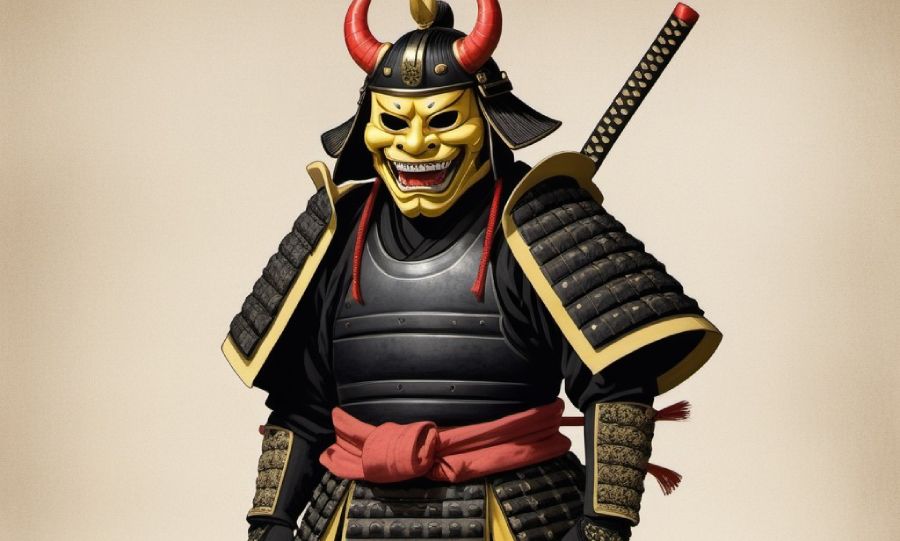
The relationship between a samurai and his lord was not very different from that of a European knight with his king. Your main motivation for serving is duty or giri, as we say in Japanese. It can be defined as the warrior’s social obligation to his lord. So the historical samurai did not seek honor? That’s a pretty tough question to answer. In fact, samurai values fluctuated at different times: warriors in the Heian period were concerned with family honor, followed by loyalty to their lord and personal gain, and the Muromachi era was full of ambitious warriors who acquired land and consolidated their power in such a fragmented state.
This would be in the Edo period consisting of two centuries of peace, when warriors began to philosophize about its meaning and value in a world without war. Confucian ideals, which are based on an upright social structure, and Shinto, which teaches us to respect everything that surrounds us so as not to alter the order of the Kami, have always guided the Japanese way of thinking, and these ideals gained even more strength from the sixteenth century. Many people collaborated in the definition of bushido:
Miyamoto Musashi wrote The Book of Five Rings, detailing how to wield a sword and act properly as a warrior. Yamaga Soko then emphasized the social duty of the samurai in this age of peace, proposing him as a model for achieving a harmonious society.

Yamamoto Tsunetomo wrote in the Hagakure that only a samurai who was willing to die for his lord would be prepared. At the end of the 19th century, these elite warriors were trapped in a symbolic title but mired in poverty and without royal power, disappearing with the arrival of the Meiji Restoration.
Inazo Nitobe was the son of a samurai and saw the extinction of this social class at the end of the Meiji period. He was a scholar who studied abroad and became a renowned diplomat. In 1900, he wrote Bushido: The Soul of Japan explaining the Japanese way of thinking that had made his country so great. However, this book was written for Westerners and many Japanese criticized this pretentious writing, as it gave a false idea of samurai outside of Japan. The seven virtues of Bushido were compiled by Nitobe.
The bushido legacy
Many martial arts have accepted these virtues to guide their apprentices, and during World War II the Japanese army used this code to make its soldiers something to fear, motivating them not to fear death and to attack the enemy at the cost of their own lives, thus emerging the kamikazes, aviators who crashed into the enemy sacrificing themselves for a greater good.
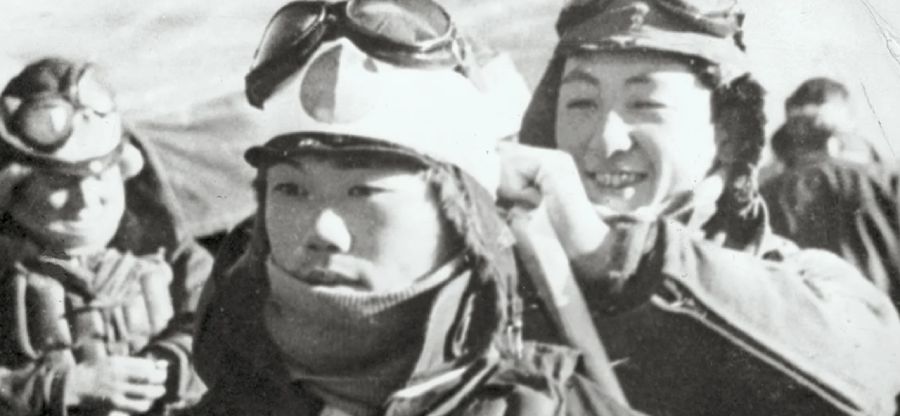
This code of ethics has become popular with the population, who use it as a guide to a more stoic life, objectively following the good virtues without resorting to sacred texts and biblical commandments. Being true to yourself and others, giving your word and acting not just for your own benefit are easy concepts to understand without throwing money at a supposed self-help book. Trying to apply these precepts honestly can lead to a higher quality of life.
